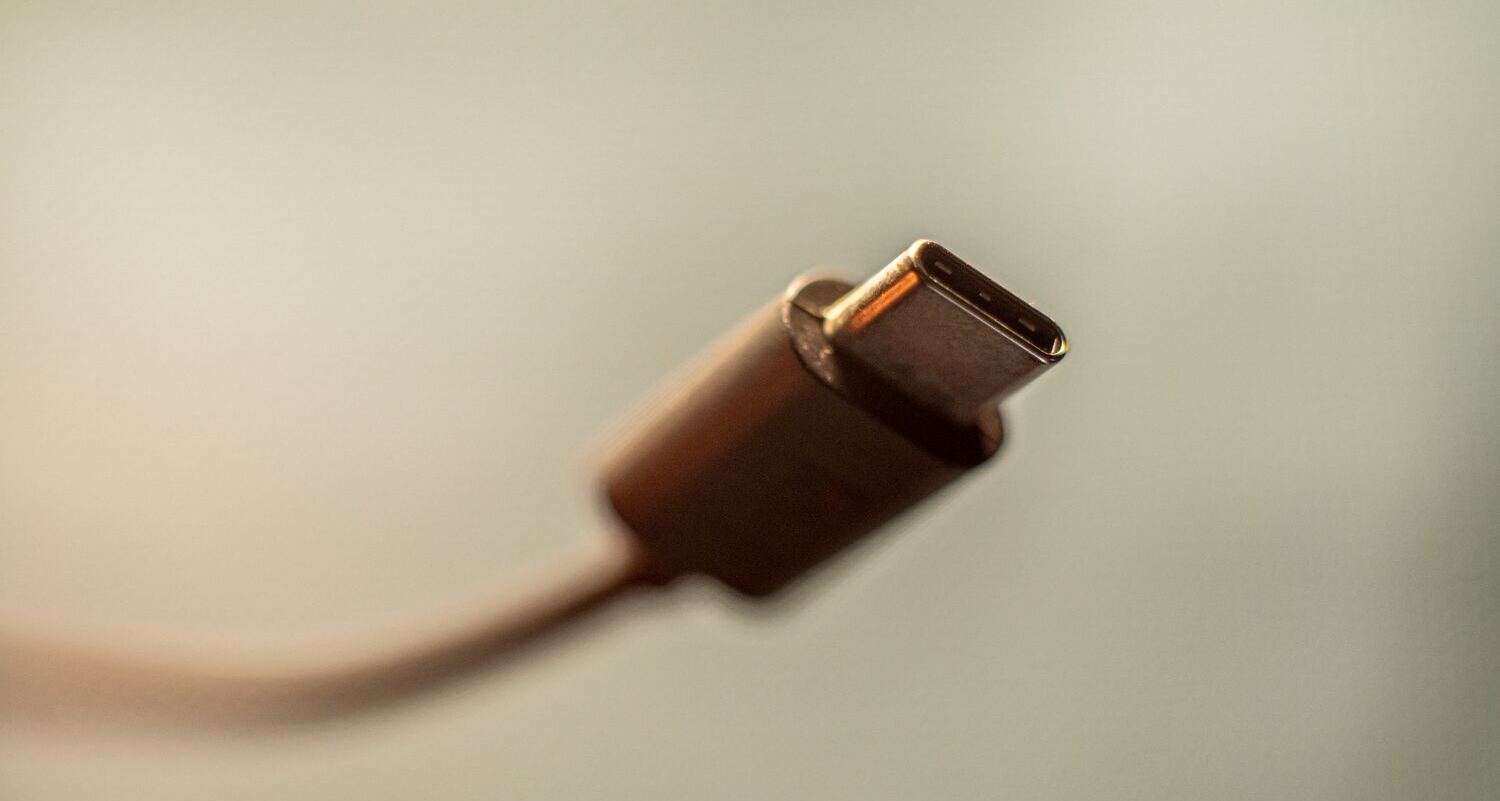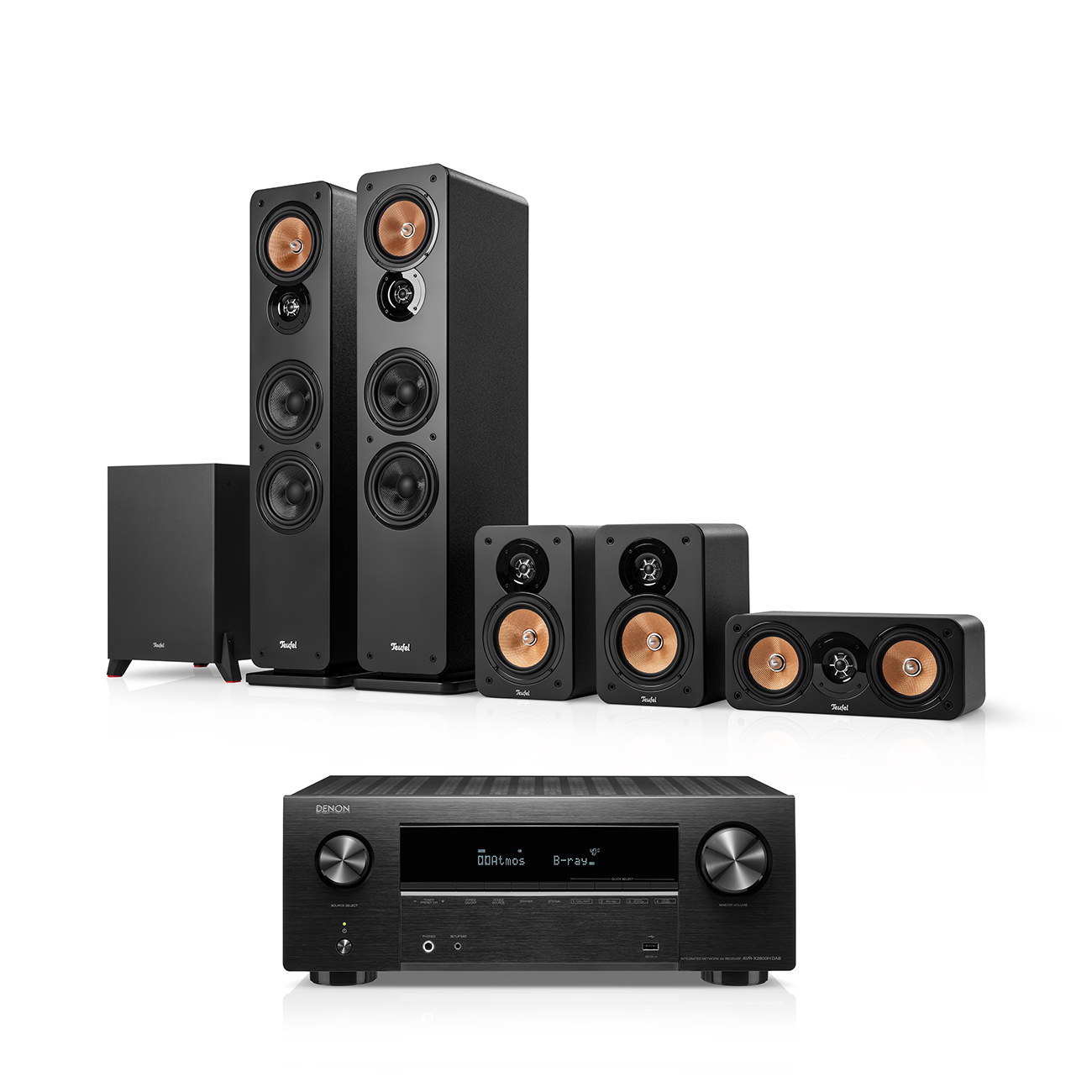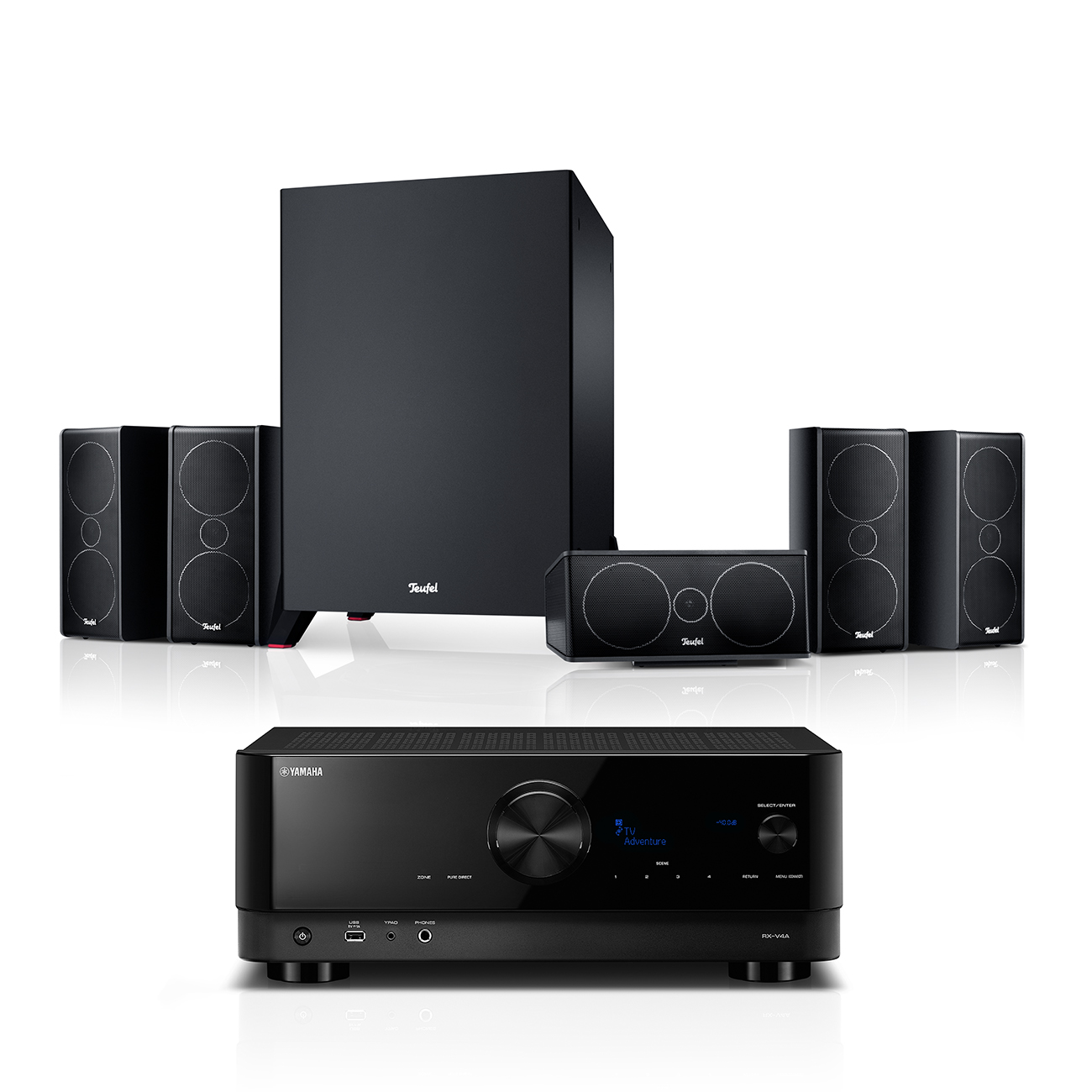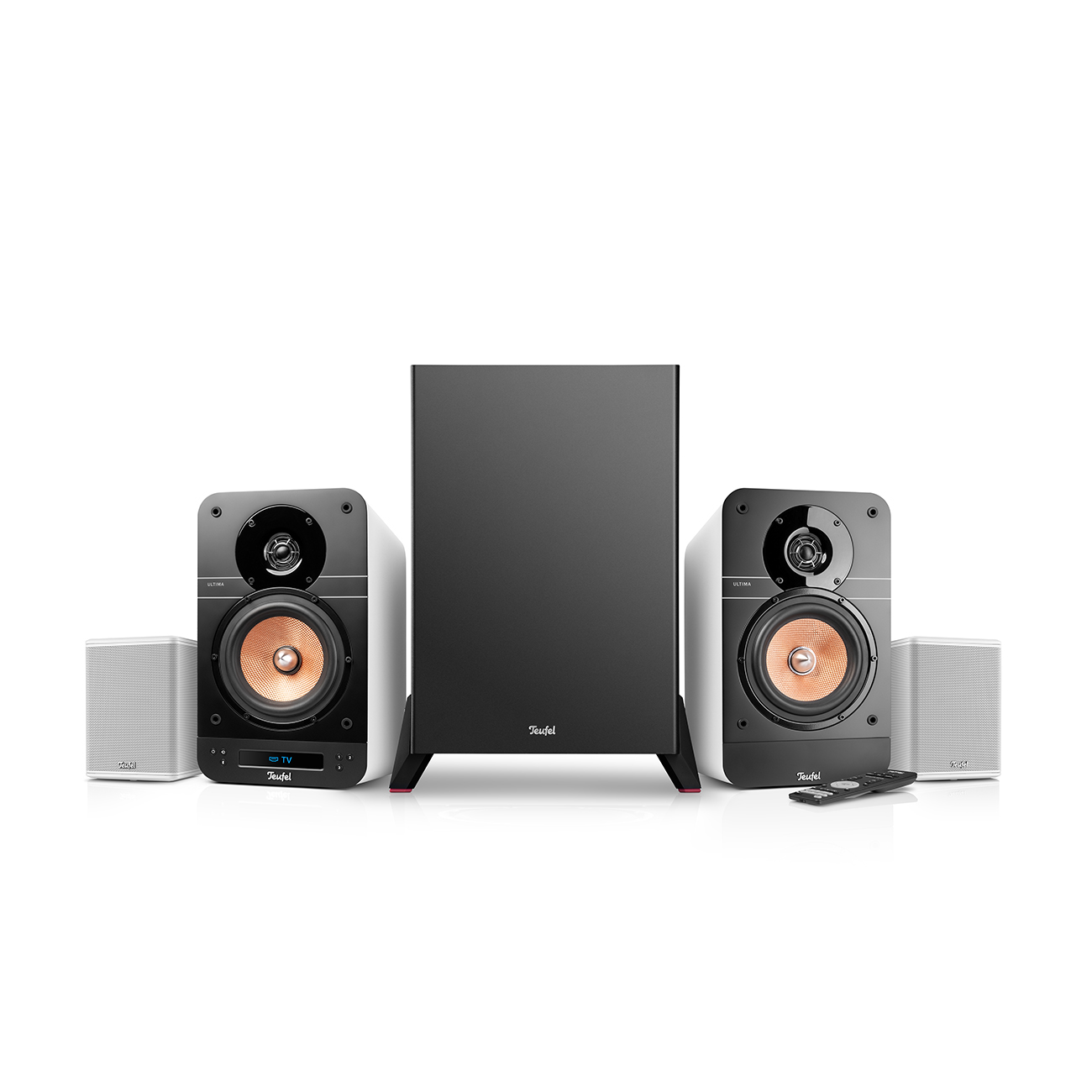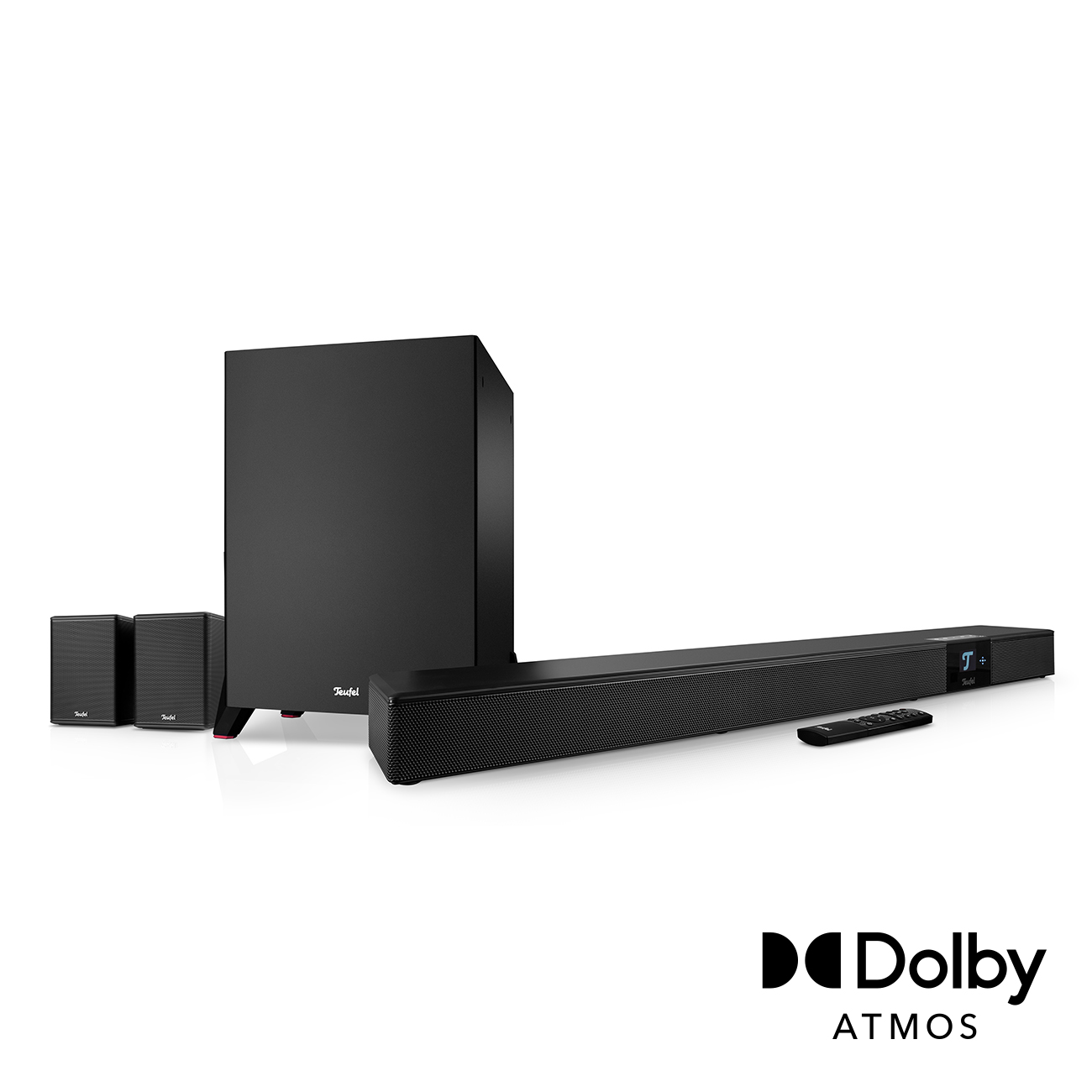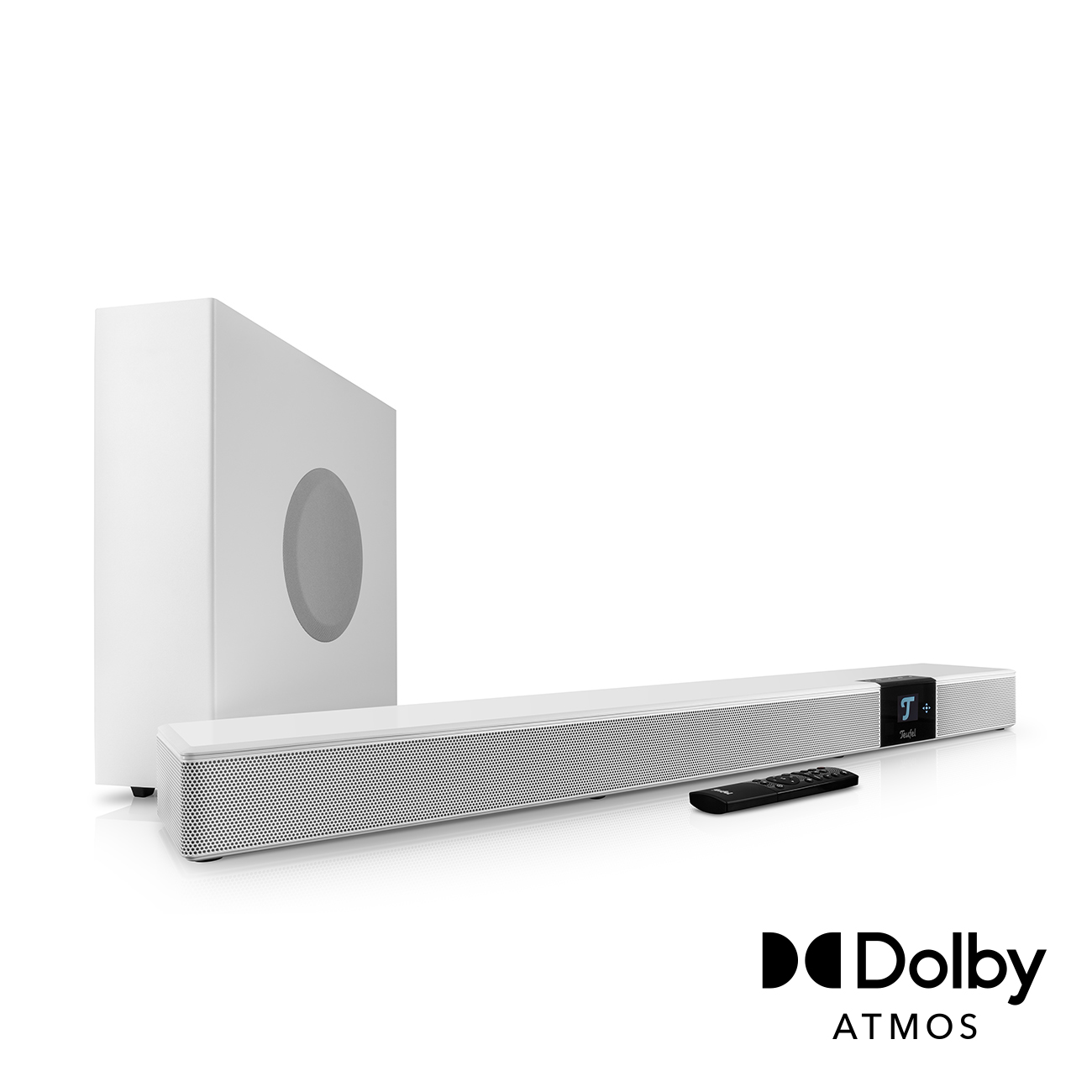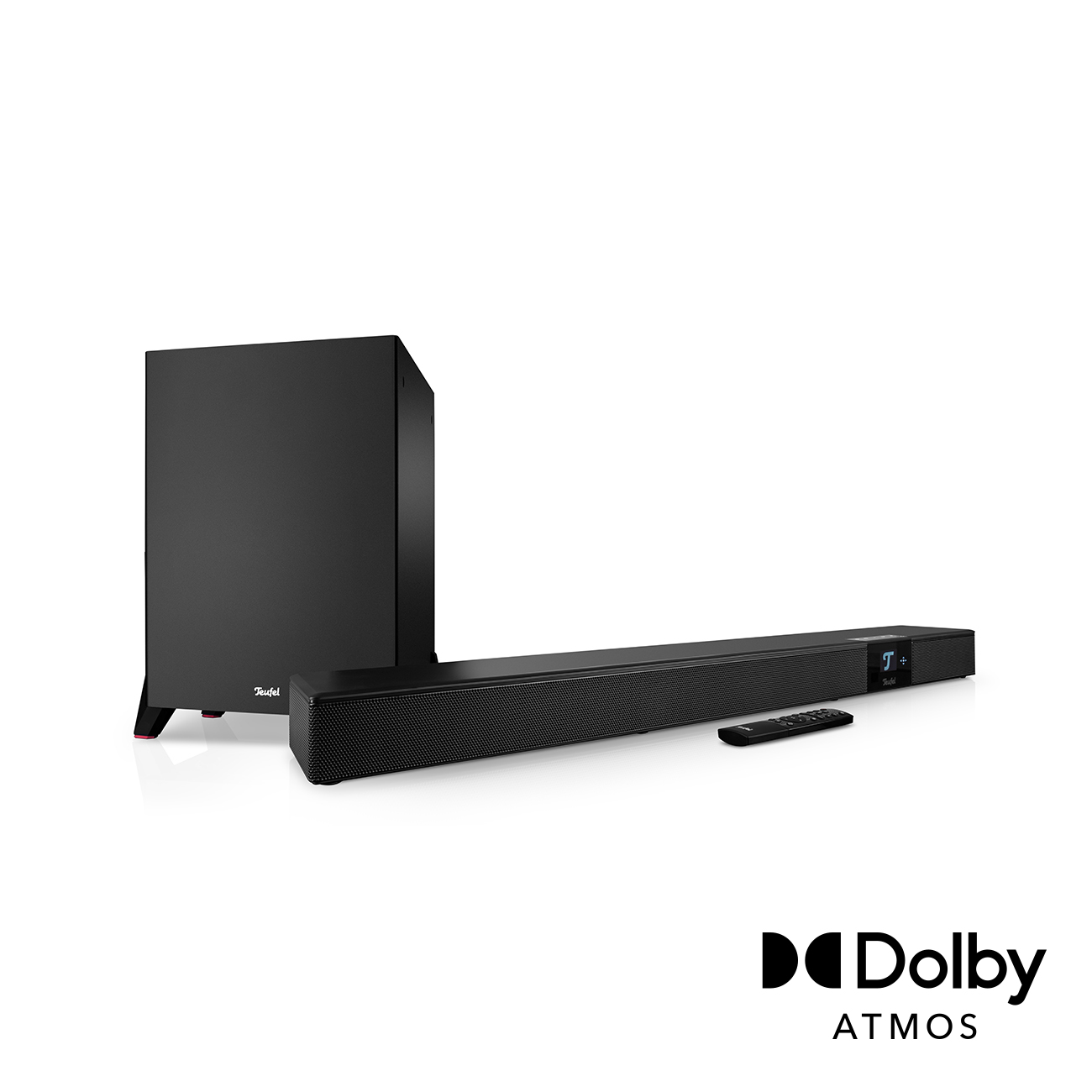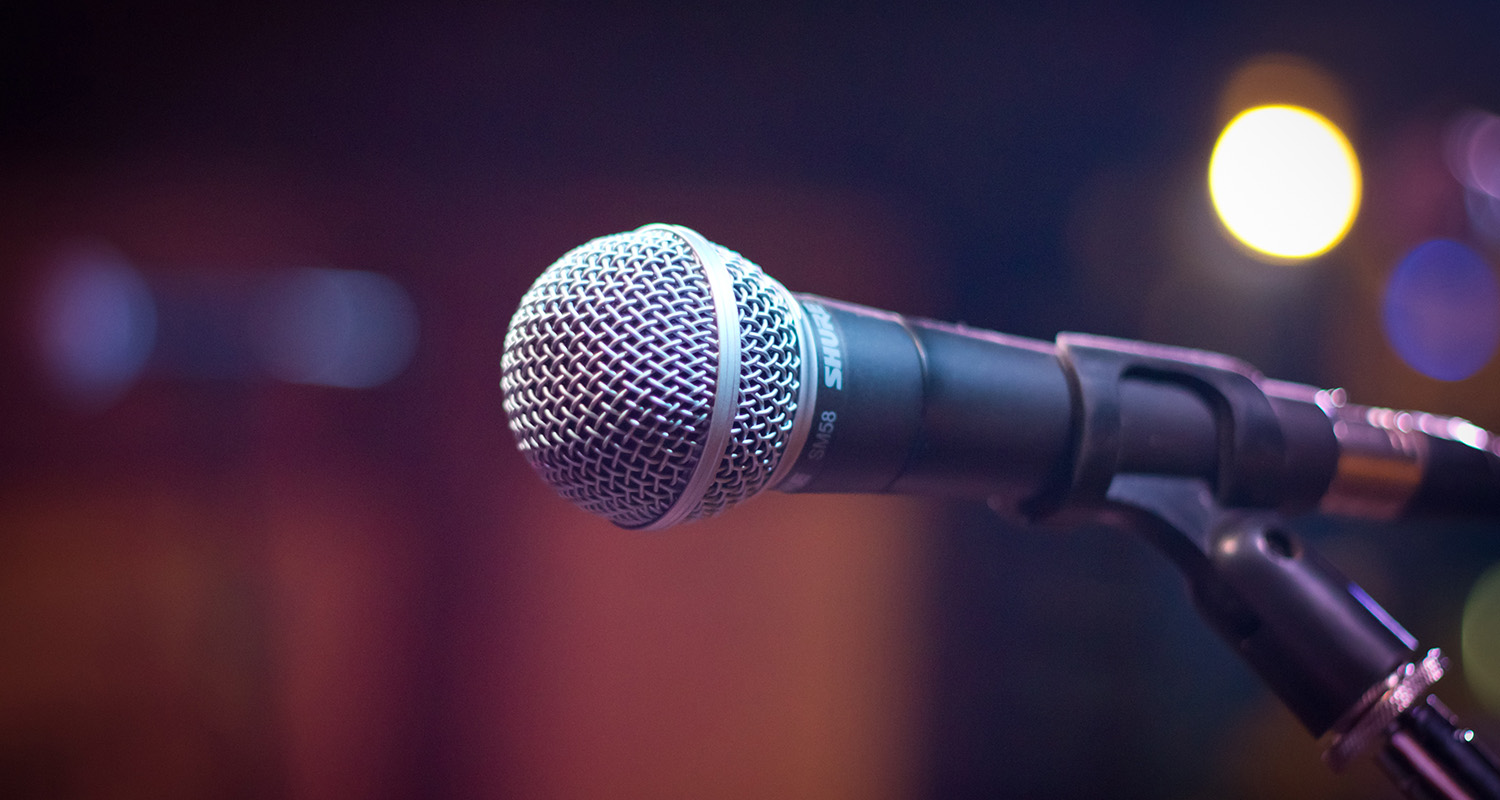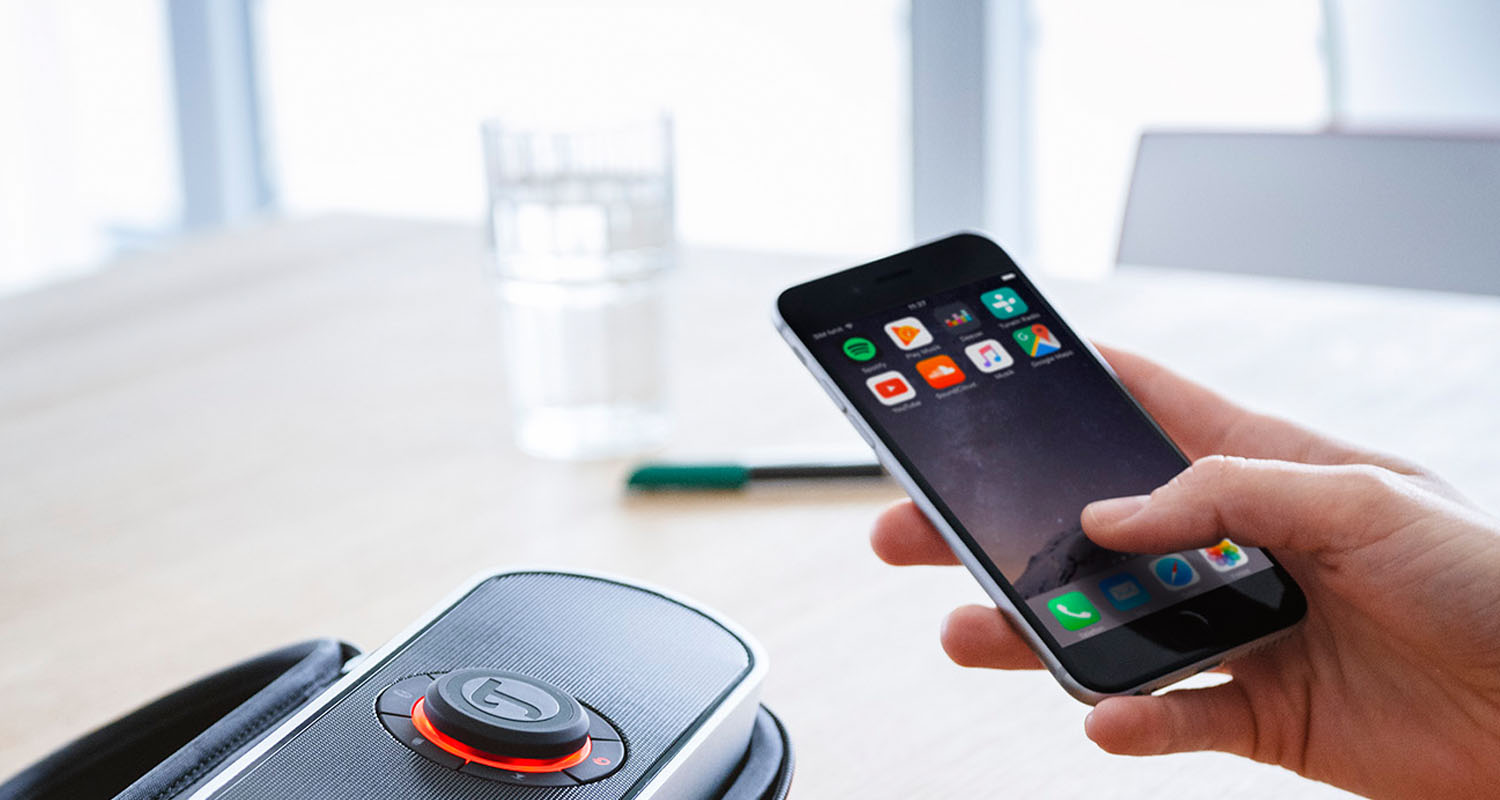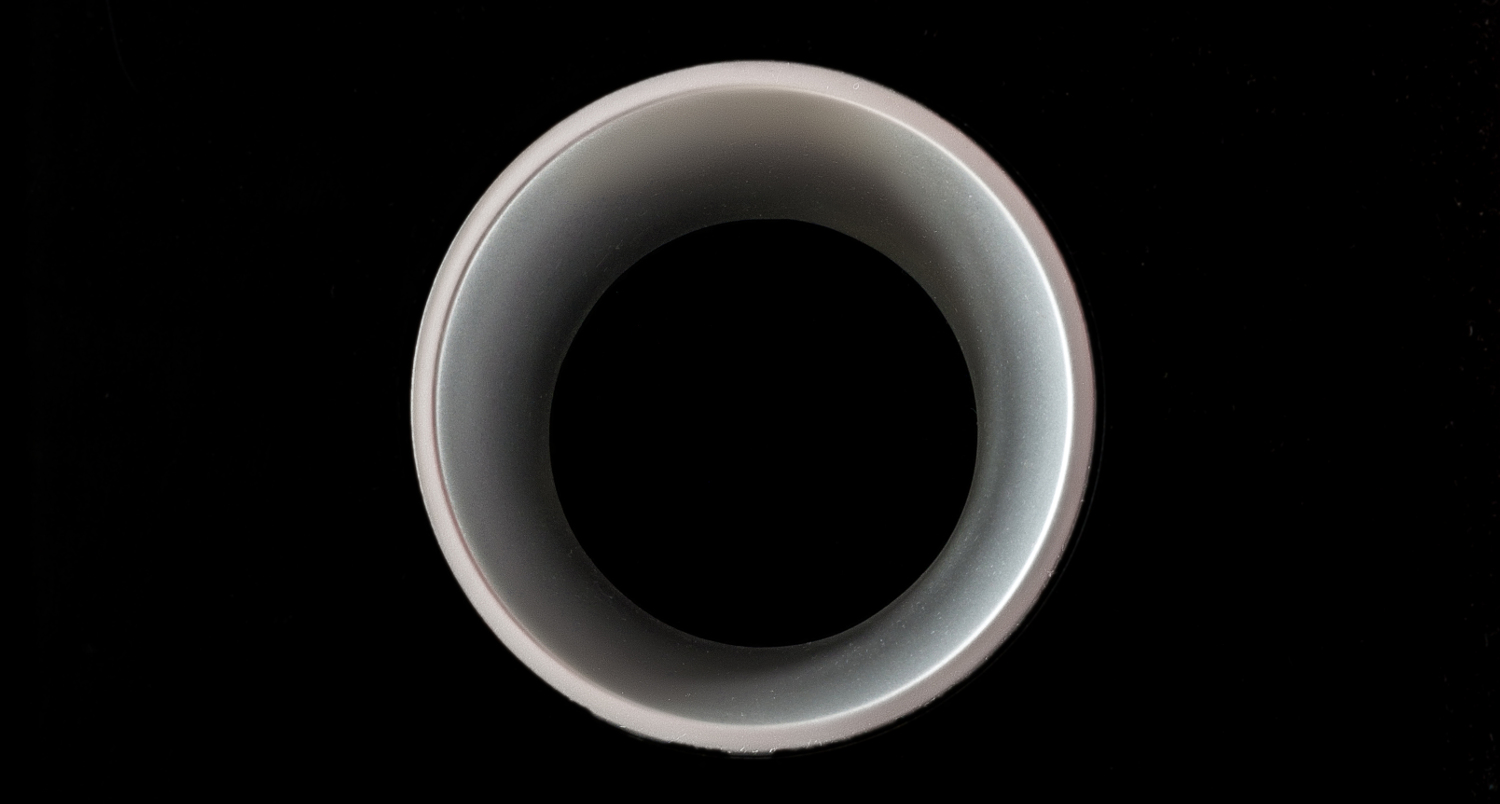Most tech people probably already know what USB-C is – a great new standard for smart phones, laptops, etc. But some people, and not only Apple fans, are more focused on its downsides. For the layperson though, at this point, the sheer number of USB options can make your head spin. Does my device have the newest generation of USB or not? What does that even mean? Here we aim to answer any questions you might have about USB-C.
What is USB-C?
USB-C is the latest connection format in the USB space for electronic devices known for its compact form factor and versatility. Its audio specifications (USB ADC 3.0) were officially released in 2016. In contrast to previous USB version, USB-C is symmetrical. That means the plug is reversible and can be inserted with either side up and is thus easier to use. In comparison with the 3.5 mm phone connector, which was used for decades as the main headphone standard, USB uses a digital signal rather than an analog one. That provides one big advantage – crackling and popping noises are now a thing of the past.
USB-C supports both the charging of devices and data transfer at speeds as high as 40 Gbit/s (Thunderbolt). In addition, it is compatible with USB protocols such as USB 3.1 for rapid data transfer, Thunderbolt 3 & 4 for even higher speeds and video as well as audio output alongside power delivery for efficient charging.
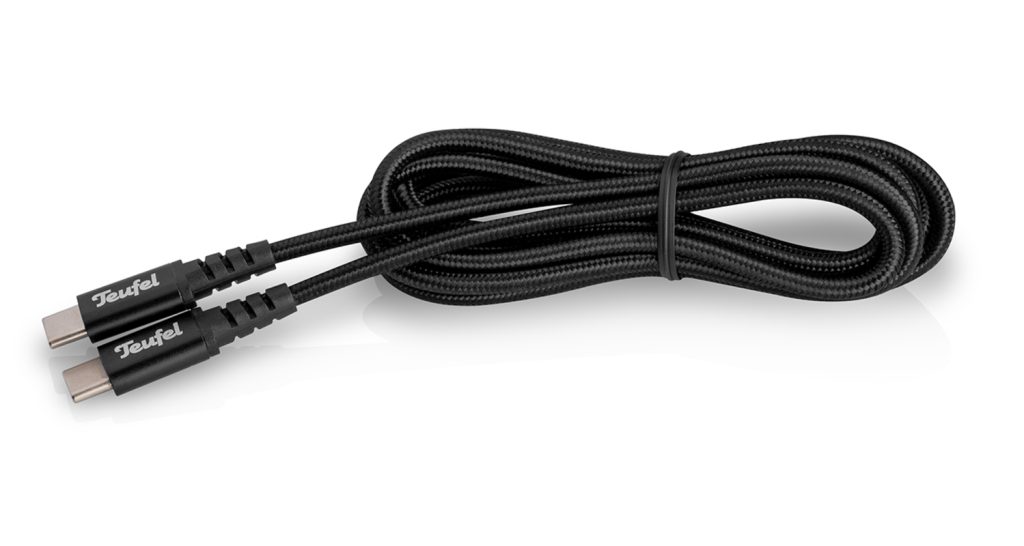 Opens in new tab
Opens in new tabThe advantages of USB-C
- Digital audio output keeps interference and distortion to a bare minimum, improving audio quality.
- Universal connection standard for current operating systems such as Windows, Android, and recently also iOS (iPhone 15).
- In comparison with the old headphone/aux jack, USB-C is not limited to audio transmission (i.e. Thunderbolt, DisplayPort, PCI Express). Data transfer rates up to 40 Gbit/s are possible.
- Surround Sound possible with compatible headphones.
- USB-C connectors can also charge devices and their batteries.

Disadvantages of USB-C
- The versatility also has downsides: you have to make sure a USB-C cable supports the correct USB protocol before purchasing.
- Because not every USB-C cable supports every protocol, using them to replace HDMI cables is tricky (for example, if you want to cast your smart phone screen on your smart TV).
- The construction means the connector must be thicker than the Lightning standard (previously used for iPhones) leaving more space for grit and grime to accumulate in the port.
Deep sound from Teufel
FAQ: USB-C
Is USB-C the same thing as USB 3.1?
USB-C and USB 3.1 are often used interchangeably, but they are not in fact the same. USB 3.1 is a technical standard or protocol, whereas USB-C is a type of plug. Many USB-C plugs are made to the USB 3.1 standard, meaning they can transfer data at up to 40 Gbit/s, but there are also other possible protocols such as USB 3.0, USB 3.2 (Gen. 1 and Gen. 2) as well as USB 4.0 and Thunderbolt.
How should I be cleaning a USB-C outlet or plug?
With time, grime and dust can accumulate both in USB-C outlets and plugs. Often you just have to blow into them to clear the blockage. If that doesn’t work, you can try using a cotton swab, toothbrush, or similar object such as a toothpick. However, make sure that you don’t use anything too sharp or pointy because these can affect the functionality. Special cleaning kits are available online.
Is the USB plug on the new Apple iPhone a type C?
Yes, the iPhone 15 has a USB-C connection. EU regulations mandated that all phones be equipped with a USB-C charging port by December 28th 2024, and Apple made the switch ahead of schedule, marking the first time since 2012 that they produced a phone without a Lightning plug.
If my smart phone only has a USB-C plug, how do I plug in my old AUX headphones?
Get yourself a USB-C to headphone adapter, such as the one available from the Teufel webshop.
Can any USB-C cable be used to power any external device?
No, it depends on how many watts the USB-C cable can handle. This means your computer might not receive enough power from the cable to charge.
Powerful sound for PC, speaker, etc. with USB sound card
Whether you want to stream games, music or hit TV shows, with Teufel speakers you can always be assured that your audio tech is cutting edge and high resolution. Integrated high-performance USB sound cards can overcome a computer’s old sound card for example. Many Teufel products come equipped with an on-board sound card, including:
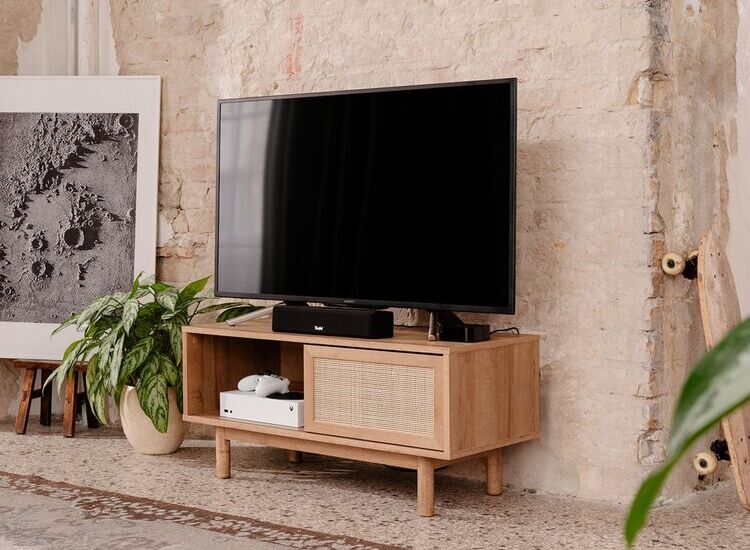 Opens in new tab
Opens in new tab▶ CINEBAR ONE: This is a great companion for monitors and laptops. The minimalist soundbar comes with an amplifier and soundcard to boot. Dynamore® Ultra TechnologyOpens in new tab and side-firing speakers make for digital Surround Sound. It can also be paired with a subwoofer for even deeper bass.
▶ CONCEPT E 450 Digital “5.1-Set”Opens in new tab: Finally, gaming and surfing with HIFI sound. This compact 5.1 set comes with a thumping down-firing subwoofer, two-way satellites, high-efficiency class-D amplifiers and a 5.1 sound card.
More products from the Teufel Shop
Another dose of USB info: USB vs. phono, headphones for USB audio and USB record players
Want to know more about USB audio and in particular know the tech setups that will benefit most from the USB standard? Then check out our other articles on the world of USB:
